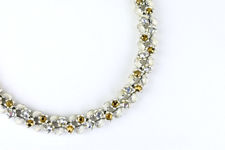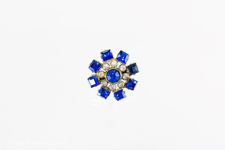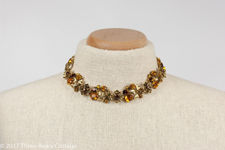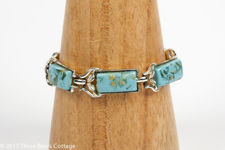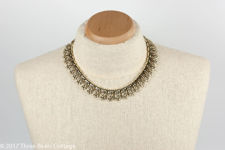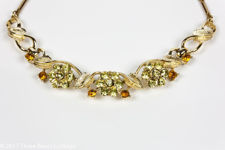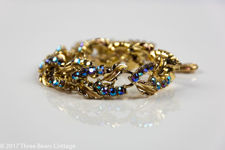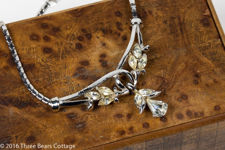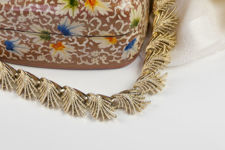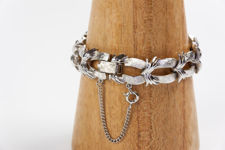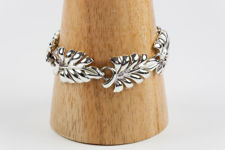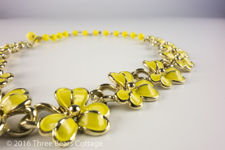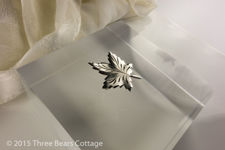Coro Inc
A brief history of Coro costume jewellery
Coro began in 1901 by Emanuel Cohn and Carl Rosenberger under the name of Cohn & Rosenberger, when they opened a small accessories store on Broadway in New York City.
While not actual designers of jewellery, they had their own ideas of what they liked and what they wanted for their shop. Consequently, they brought in professional jewellery designers such as Gene Verri, Charles Pauzat and Oscar Placco to make it happen.
Cohn died in 1910, but the name of the company remained the same.
In 1929 they bought their own manufacturing premises in Rhode Island. This would become the largest costume jewellery manufacturing facility in the world.
In 1943 the company adopted the name Coro, a combination of the first two letters of each partner's last name. This was later changed to Coro Inc.
Unfortunately, by 1979 the company's fortunes had changed: Coro became bankrupt and then eventually was sold.
Coro produced many lines of jewellery under a variety of names, some of which were only used for a particular department store or chain.
Coro also manufactured in Canada (which continued until the end) and Britain. The British jewellery maker Ciro successfully prevented Coro from manufacturing under their own name and so in the UK, they used the name Jewelcraft.
Identifying Coro pieces is usually simple, as most pieces were signed (though not all). Some might feature the depiction of Pegasus the flying horse and jewelcraft used a pinecone motif.
Identification of Coro jewellery






